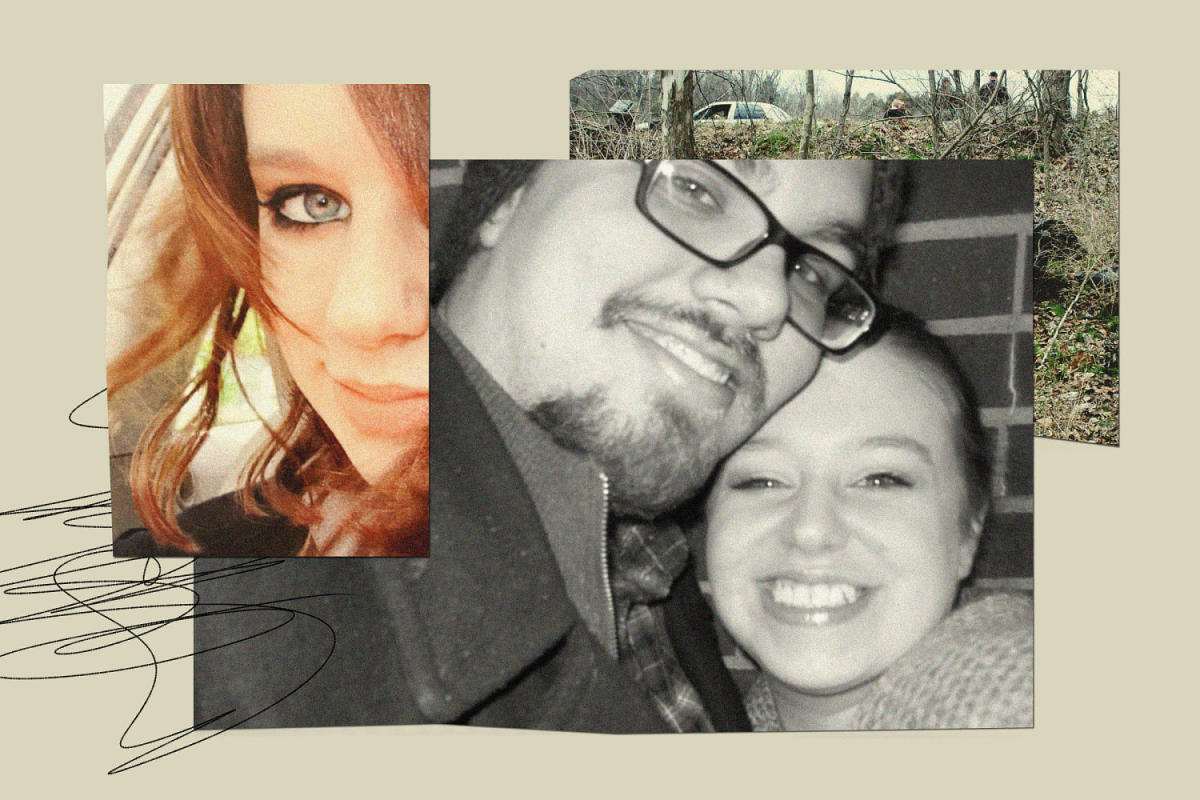The Mysterious Disappearance and Death of Katelyn Markham: The Shocking Case of John Carter
On August 14, 2011, John Carter reported his fiancée, Katelyn Markham, missing. This critical event unfolded less than a day after Katelyn was last observed in their Cincinnati suburb. Over the years, Carter publicly expressed his anguish and pleaded for Katelyn’s safe return, even disclosed his ongoing attempts to reach her daily via cellphone calls. His efforts included captivating appearances on local and national news.
The Cliffhanger of a Guilty Plea
However, in a heartbreaking twist more than a decade later, the narrative shifted dramatically. Carter, previously depicted as a grieving partner, faced indictment on two counts of murder concerning Katelyn’s tragic fate. Yet, as the trial approached, prosecutors and defense counsel engineered a last-minute plea bargain. Carter ultimately pleaded guilty to involuntary manslaughter, resulting in a three-year maximum sentence under Ohio law.
Justice for Katelyn Markham
Butler County Prosecutor Michael Gmoser, in an interview, expressed the rationale behind accepting the plea deal instead of pursuing harsher charges. He asserted, “It was more important to me to get justice by an admission of guilt for Katelyn Markham.”
The Background of Disappearance
When Markham disappeared, she was just 21 years old and finishing her studies. Known for her vibrant artistic talent and engaging spirit, Katelyn was planning a new chapter of her life, ready to move to Colorado with Carter. The evening before her disappearance, she and John, who was then working as a delivery driver, were last confirmed to be in their home prior to Carter’s claims of having left for a friend’s gathering.
Developing Suspicion
Initially, police noted Carter’s account seemed coherent. However, significant doubts began to surface during the subsequent investigative process. Eyewitness testimonies from local teenagers raised flags regarding Carter’s narrative. Notably, on that fateful night, the teenagers noted suspicious activity around Carter’s home that contradicted his statements.
A Revelation in Carter’s Journals
As the inquiry deepened, detectives uncovered concerning webpages and poorly cryptic entries in Carter’s journals. One passage included phrases that raised alarms, showing a complex conflicting nature and a mindset suggesting potential harm towards Katelyn. The investigators dug deeper, revealing poetry that included unsettling statements about her murder.
The Root of the Conflict
Adding layers to U.S. Prosecutor Gmoser’s burden was the complex domestic environment among the couple prior to Katelyn’s disappearance. Friends noted signs of turbulence in their engagement, suggesting that Katelyn was reevaluating her life alongside feelings of confinement in her relationship with John. Further, with witnesses reporting signs of altercation on the night of Katelyn’s disappearance, there remained an unsettling mix of circumstantial evidence connecting John to her tragic fate.
Gmoser’s Decision and The Aftermath
Prior to John Carter’s trial, a series of deliberations led his defense team to suggest a plea deal. Those insights had progressively developed as Gmoser kept probing the charges against Carter. Securing a guilty plea against Carter by accepting an involuntary manslaughter charge had, in the prosecutor’s eyes, ensured a conviction that might not have materialized in front of a jury.
